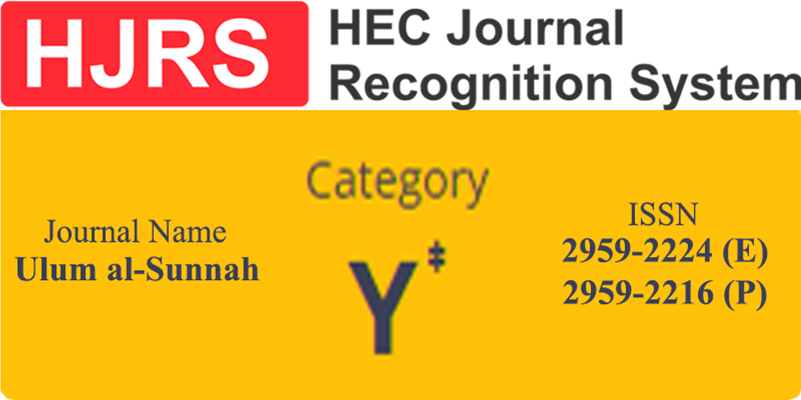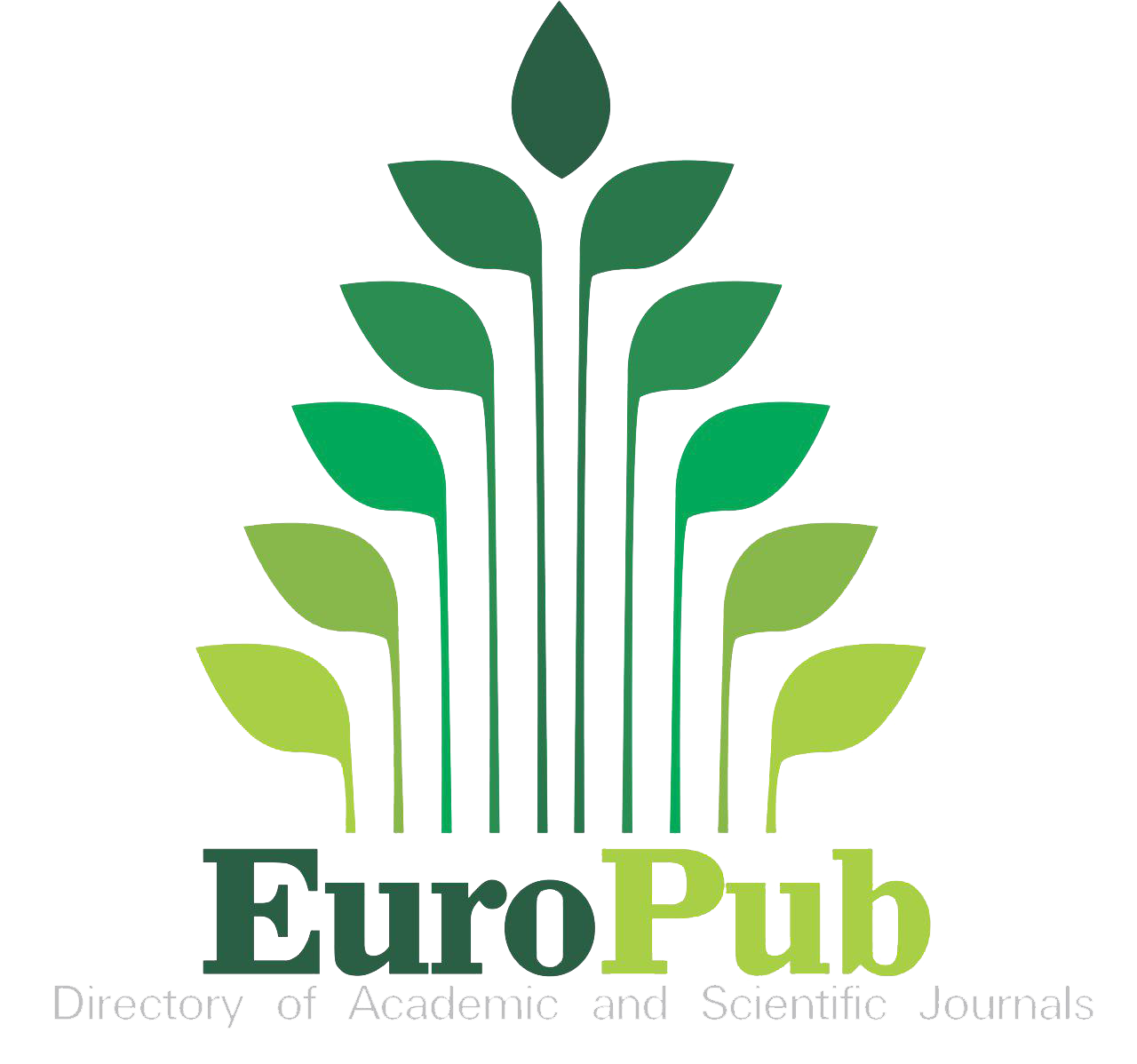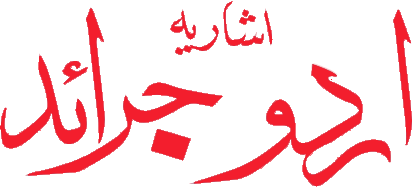اسلامی تربیت کے خصائص و امتیازات اور اسالیب ومناہج: ایک تحقیقی جائزہ
Features and Distinctions of Islamic Breeding: An Exploratory Review
Keywords:
Uswa-e-Hasna, Preaching, Reforms, Ummah, Self-esteem, MotivationAbstract
In the present age, youth occupy an important position and can play a very important role in reforming and improving the world conditions. In Quran several methods are suggested for character building of youth for example following “Uswa-e-Hasna” and by preaching and motivation of youth the fear Allah , the crated in their heard for reforming them. In some cases, the punishment can also reformed of youth. Youth is an important entity of any human society. Particularly in an Islamic society, youth has great significance. Youth is considered as a junction of past, present and future. The role of young generation cannot be neglected in the building of character, changes in circumstances and development of society. Youth should play a positive and effective role against various evils, which are prevalent in human society. What can be the religious social, political, ethical and educational duties of the Muslim? How can they play their role in reformation of society? How can they be bright stars of their country by fulfilling their duties? How can the whole humanity and particularly Islamic Ummah get benefits from their youth? The answers to these questions are central idea and theme of this article, generally in the light of Islam and particularly in the light of seerah-un-nabwiyia. In following lines, it has been tried to impart feelings of high self-esteem in the young generation who have forgotten it. It is an effort to motivate the youth for practical actions.
Downloads
Published
How to Cite
Issue
Section
License
Copyright (c) 2025 Ata Ur Rahman Rabbani, Dr. Shams Ul Haq, Dr. Burhan Ullah

This work is licensed under a Creative Commons Attribution-NonCommercial 4.0 International License.
This is an open-access journal which means that all content is freely available without charge to the user or his/her institution. Users are allowed to read, download, copy, distribute, print, search, or link to the full texts of the articles, or use them for any other lawful purpose, without asking prior permission from the publisher or the author. All articles are available on the internet to all users immediately upon publication. Non-commercial use and distribution in any medium are permitted, provided the author and the journal are properly credited.










 Research Journal Indexed by Google Scholar
Research Journal Indexed by Google Scholar